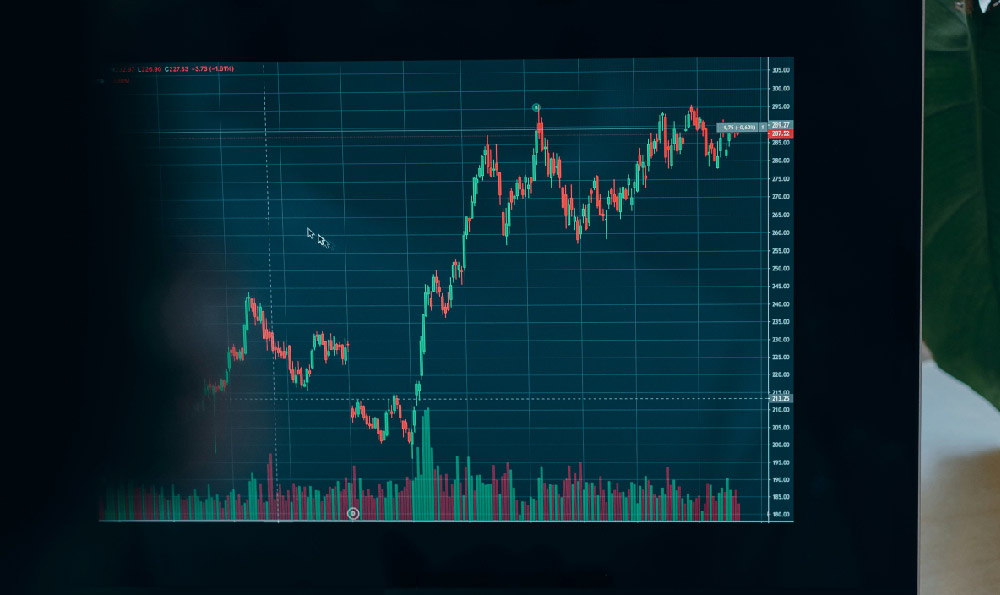Navigating the treacherous waters of a cryptocurrency bear market can feel like trying to sail a paper boat through a hurricane. The relentless downward pressure, the pervasive fear, and the constant barrage of negative headlines can shake even the most seasoned investors. However, bear markets, while daunting, also present unique opportunities for those who are prepared to adapt, learn, and act strategically. Surviving and thriving in a bear market isn't just about avoiding losses; it's about positioning yourself for substantial gains when the market inevitably recovers.
The first and arguably most critical step is reassessing your portfolio and risk tolerance. This isn't the time for blind faith or clinging to underperforming assets out of hope. Objectively analyze each holding. Is the underlying technology sound? Does the project have a viable use case and a strong development team? Are there fundamental reasons to believe it will survive the downturn and potentially flourish in the future? If the answer to these questions is a resounding "no," consider cutting your losses and reallocating your capital to more promising ventures.
Risk management becomes paramount during a bear market. Overexposure to volatile assets can lead to catastrophic losses. Diversification, a cornerstone of sound investing, should be revisited and possibly amplified. Don't put all your eggs in one basket. Explore different sectors within the crypto space, such as decentralized finance (DeFi), layer-2 scaling solutions, and metaverse-related projects. Furthermore, consider diversifying beyond crypto altogether. Traditional assets like bonds, precious metals, and even dividend-paying stocks can provide a safety net and reduce overall portfolio volatility.

Dollar-cost averaging (DCA) is another invaluable strategy for navigating bear markets. Instead of trying to time the bottom, which is notoriously difficult, DCA involves investing a fixed amount of money at regular intervals, regardless of the current price. This approach helps to mitigate the impact of volatility and allows you to accumulate assets at lower average prices over time. When the market eventually rebounds, you'll be well-positioned to profit from your accumulated holdings.
Bear markets are also excellent opportunities to learn and expand your knowledge. With prices down, the focus shifts from hype and speculation to fundamental analysis and long-term value. Dive deep into the underlying technology of different projects, research their competitive advantages, and assess their potential for future growth. Read whitepapers, follow industry experts, and participate in online communities. The more you learn, the better equipped you'll be to make informed investment decisions.
Furthermore, consider exploring alternative income streams within the crypto ecosystem. Staking, yield farming, and lending platforms can offer opportunities to earn passive income on your existing holdings. However, it's crucial to exercise caution and thoroughly research any platform before entrusting it with your funds. High yields often come with high risks, so be sure to understand the potential downsides before participating.
Another crucial aspect of surviving a bear market is managing your emotions. Fear and greed are powerful forces that can cloud judgment and lead to impulsive decisions. Avoid succumbing to panic selling or chasing fleeting rallies. Instead, stick to your pre-defined investment strategy and maintain a long-term perspective. Remember that bear markets are a natural part of the market cycle and that they eventually give way to bull markets.
Beyond individual strategies, it's also important to stay informed about macroeconomic trends and regulatory developments. Interest rate hikes, inflation data, and government policies can all have a significant impact on the cryptocurrency market. By staying abreast of these developments, you can better anticipate market movements and adjust your strategy accordingly.
Finally, it's essential to protect your digital assets. Bear markets often attract scammers and malicious actors looking to exploit vulnerable investors. Be wary of phishing emails, fake websites, and unsolicited investment offers. Always use strong passwords, enable two-factor authentication, and store your private keys securely in a cold wallet or hardware wallet.
In conclusion, surviving and thriving in a cryptocurrency bear market requires a combination of strategic planning, risk management, continuous learning, and emotional discipline. By reassessing your portfolio, diversifying your holdings, employing dollar-cost averaging, exploring alternative income streams, and staying informed about market trends, you can not only weather the storm but also position yourself for significant gains when the market inevitably recovers. Remember that bear markets are not the end of the world; they are opportunities in disguise. Embrace the challenge, learn from your mistakes, and emerge stronger and more resilient than ever before. The key is to view this period not as a time of loss, but as a period of preparation for the next bull run, a chance to accumulate knowledge and assets at discounted prices. This proactive and informed approach will ultimately determine your success in the long run.












